Nasa’s Aviation Innovations: Connecting RV Adventures to Aeronautics
NASA’s aviation innovations are reshaping the RV industry in unexpected ways. This article, Nasa’s Aviation Innovations: Connecting RV Adventures to Aeronautics, explores how Aviation Innovations at NASA: The RVs to Wings Transition are enhancing RV adventures and camping experiences. Readers will discover the synergy between NASA’s technology and modern RVs, learn about pioneering developments in aeronautics for RV design, and understand how E3 RVing and Camping is at the forefront of this exciting merger. The content will also provide valuable insights for aspiring private pilots interested in combining their love for aviation with RV travel. By the end, readers will grasp how NASA’s contributions are shaping the future of RV technologies and fostering community collaboration in outdoor adventures. 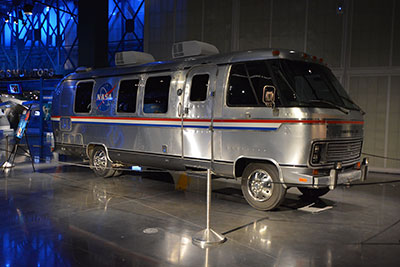
Key Takeaways
- NASA’s aviation innovations have significantly influenced RV design, improving efficiency and performance
- RV manufacturers incorporate aerospace technologies for enhanced comfort, durability, and fuel efficiency
- Advanced navigation systems in RVs, inspired by aviation, provide safer and more precise travel experiences
- NASA-inspired educational programs at campgrounds offer immersive learning experiences about aviation and space exploration
- RV enthusiasts and aspiring pilots share common skills in planning, navigation, and risk assessment
- Nasa’s Aviation Innovations: Connecting RV Adventures to Aeronautics
Understanding the Synergy Between NASA and RVing
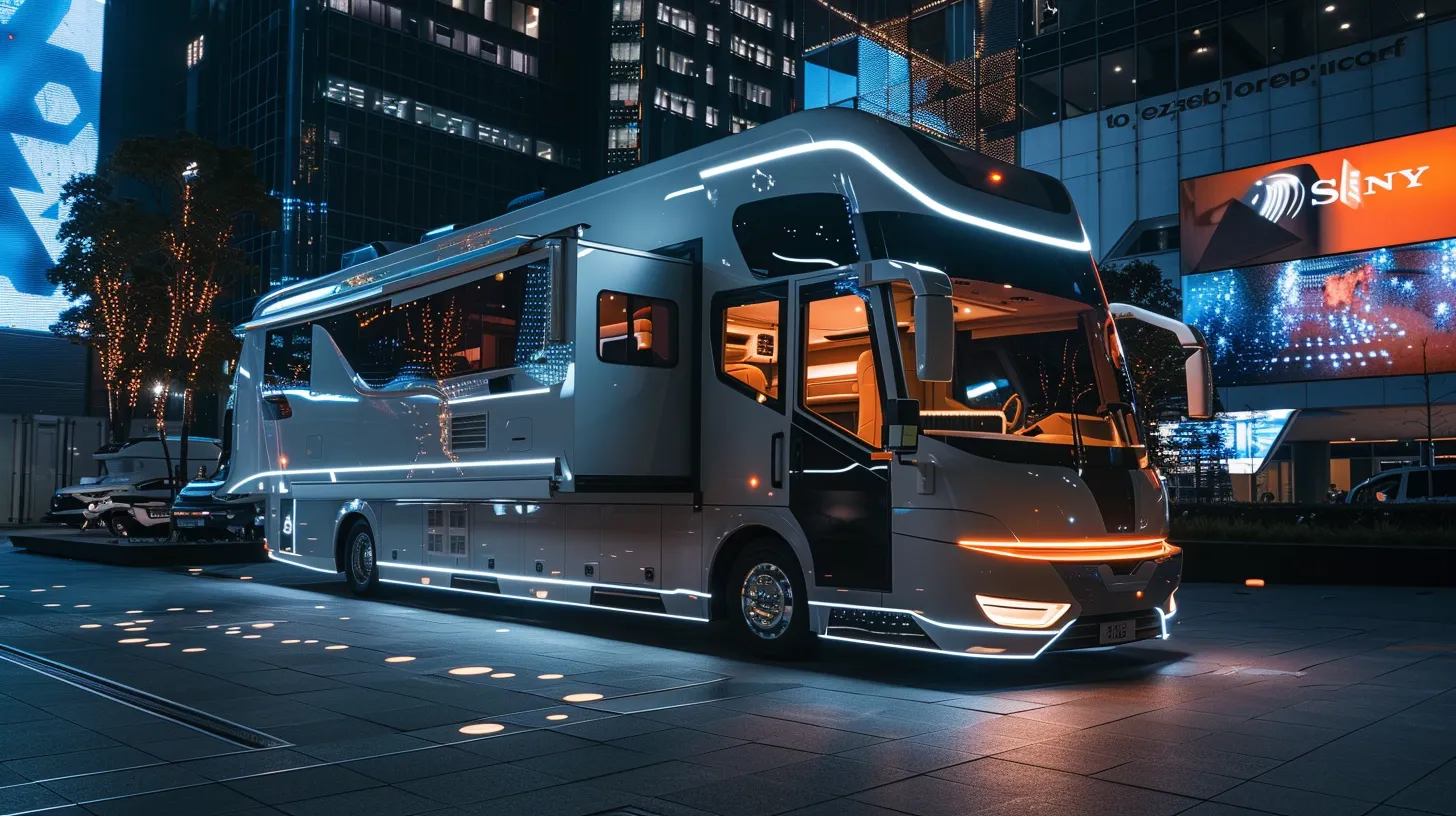
NASA’s aviation innovations, in collaboration with the e3 aviation association, have had a surprising impact on RV design and technology. From materials used in spacecraft to aerodynamic principles applied to e3rving recreational vehicles, the synergy between NASA and RVing is evident. This section explores NASA’s historical role in aviation, its influence on RV technology, and the shared advancements between aeronautics and RV design, including applications related to the James Webb Space Telescope, the e3 association, and solar system exploration. Nasa’s Aviation Innovations: Connecting RV Adventures to Aeronautics
Historical Overview of NASA’s Role in Aviation
NASA’s contributions to aviation have shaped the industry since its inception in 1958. The agency’s research has led to advancements in aircraft design, propulsion systems, and aviation fuel efficiency. These innovations have indirectly influenced RV technology, particularly in aerodynamics and lightweight materials.
From the X-15 hypersonic aircraft to the development of winglets, NASA’s aeronautical research has pushed the boundaries of flight. The agency’s work on solar power systems, initially for space exploration, has found applications in RVs, enhancing their energy efficiency. NASA’s expertise in payload management has also inspired storage solutions in Class B RVs, maximizing space utilization for adventurers exploring national parks or chasing solar eclipses.
The Impact of NASA Innovations on Recreational Vehicles
NASA’s innovations have revolutionized RV design, incorporating aerospace technologies to enhance comfort and efficiency. The National Reconnaissance Office’s satellite technology, originally developed for orbit, has found applications in RV navigation systems. These advancements allow RV enthusiasts to explore remote areas with greater confidence and safety. Aviation Innovations at NASA: Nasa’s Aviation Innovations: Connecting RV Adventures to Aeronautics
Space-age materials, initially used in spacecraft construction, now contribute to lighter and more durable RV structures. Star-gazing enthusiasts benefit from NASA’s optical technologies, with some luxury RVs featuring built-in telescopes. These innovations, born from space exploration contracts, have transformed RVs into mobile observatories, perfect for celestial viewing during camping trips.
Comparative Technologies: RV Design and Aeronautics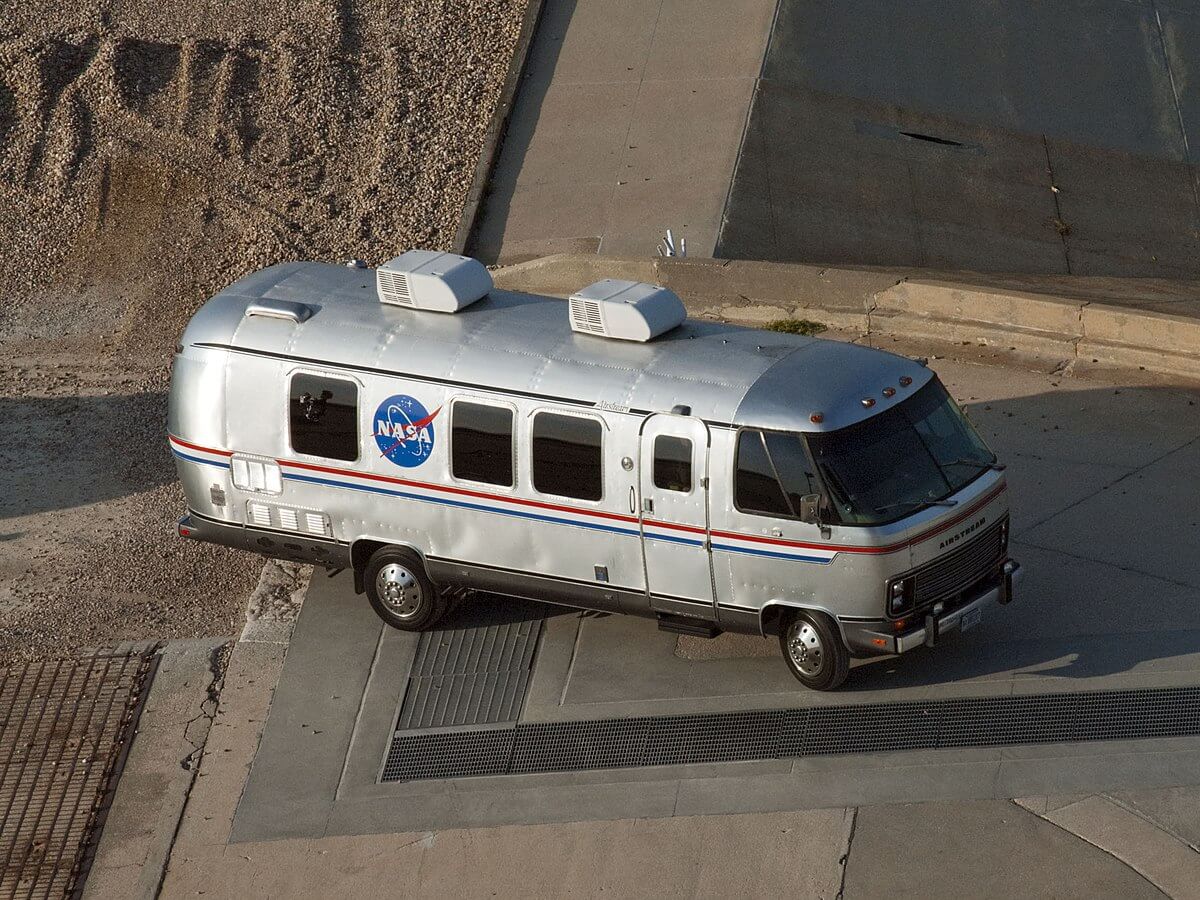
RV design and aeronautics share common ground in their pursuit of efficiency and performance. Both fields leverage scientific knowledge to optimize their products for specific environments. NASA’s research on aerodynamics has influenced RV manufacturers to create more streamlined vehicles, reducing fuel consumption and improving stability on earth.
The production of lightweight materials for spacecraft has found applications in RV construction, enhancing durability without adding excess weight. This crossover of technologies demonstrates the interconnectedness of scientific disciplines. RV enthusiasts benefit from these advancements, gaining access to vehicles that incorporate aerospace-inspired innovations:
- Aerodynamic designs for improved fuel efficiency
- Lightweight materials for increased durability
- Advanced navigation systems for safer travel
- Solar power technologies for extended off-grid capabilities
- Space-inspired storage solutions for maximized interior space
The stars that guided NASA’s missions now light the way for RV adventurers. As we shift gears, let’s explore how the spirit of innovation drives both aerospace and recreational vehicle design.
Pioneering Aeronautics in the RV Industry

NASA’s aeronautical innovations have revolutionized the RV industry, introducing lightweight materials, advanced navigation systems, and fuel-efficient technologies. These advancements, inspired by flight plans and spacecraft design, have enhanced RV performance and reduced greenhouse gas emissions. From astronomy-inspired features to lander-like stability systems, NASA’s influence extends far beyond space exploration, shaping the future of recreational vehicles.
Lightweight Materials and Construction Techniques
NASA’s aerospace research has revolutionized RV construction with lightweight materials originally developed for spacecraft. These advanced composites, now used in RV frames and panels, significantly reduce vehicle weight without compromising structural integrity. This innovation allows RV enthusiasts to enjoy improved fuel efficiency and easier towing, much like how a Cessna airplane benefits from lightweight design in flight. Nasa’s Aviation Innovations: Connecting RV Adventures to Aeronautics
The United States Space Force’s focus on cutting-edge technology has indirectly influenced RV manufacturing techniques. Solar panel integration, inspired by space missions, now provides RVs with sustainable power sources for off-grid adventures. This technology enables RV owners to power their appliances and devices while exploring remote areas, similar to how astronauts rely on solar energy in space.
Advanced Navigation Systems Borrowed From Aviation
RV navigation systems have evolved significantly, incorporating advanced technologies derived from aviation. These systems, reminiscent of those used to guide spacecraft like Saturn, provide RV enthusiasts with precise location data and route planning capabilities. The Applied Physics Laboratory’s contributions to GPS technology have enhanced the confidence of RV travelers exploring unfamiliar terrain.
Modern RVs, including popular Jayco travel trailers, now feature sophisticated navigation displays similar to those found in aircraft cockpits. These systems offer real-time weather updates, traffic information, and points of interest, making trip planning more efficient. RV owners benefit from aviation-inspired training modules integrated into these systems, helping them navigate challenging roads with greater ease. Aviation Innovations at NASA: The RVs to Wings Transition
Fuel Efficiency Technologies Transferred From Aerospace
NASA’s Glenn Research Center has pioneered fuel efficiency technologies that have found their way into RV design. These innovations, originally developed for aircraft and spacecraft, now help RV enthusiasts reduce fuel consumption during their travels. The center’s research on aerodynamics and lightweight materials has inspired RV manufacturers to create more streamlined and efficient vehicles.
Lockheed Martin’s collaboration with NASA has led to advancements in propulsion systems that benefit both aviation and RV industries. These technologies, which improve fuel efficiency in aircraft, have been adapted for use in RV engines. As a result, RV owners can enjoy longer trips and reduced operating costs, similar to how private pilot licence holders benefit from fuel-efficient aircraft designs.
The wind that lifted pioneers of aviation now propels adventurers on the open road. E3’s spirit of innovation carries forward, transforming the RV experience with cutting-edge technology and a passion for exploration. Nasa’s Aviation Innovations: Connecting RV Adventures to Aeronautics
E3 RVing and Camping: Merging Adventure With Innovation

E3 RVing and Camping blends NASA-inspired technology with outdoor adventures. This section explores how aeronautical advancements empower RVers, educate campers, and entertain families. From mobile apps inspired by ground instructor techniques to educational experiences echoing the excitement of moon landings, RV enthusiasts can now connect with space exploration concepts like the Artemis program and commercial crew missions during their travels.
Empowering RVers Through Technological Advancements
RV enthusiasts now benefit from cutting-edge technologies inspired by NASA’s innovations. Advanced navigation systems, similar to those used in trucks and spacecraft, guide RVers to their destinations with precision. These systems, developed with input from institutions like Johns Hopkins Applied Physics Laboratory, help travelers explore remote areas while minimizing their environmental impact.
The Office of Management and Budget’s focus on sustainability has influenced RV manufacturers to adopt eco-friendly technologies. Solar panels and energy-efficient appliances, inspired by exoplanet exploration missions, enable RVers to achieve near net-zero emissions during their adventures. This convergence of space technology and outdoor recreation empowers RV enthusiasts to explore responsibly while embracing the spirit of discovery.
Educating Campers on Aeronautical Concepts
RV enthusiasts can now engage in flight training-inspired educational experiences during their camping trips. Innovative programs, developed in collaboration with NASA education initiatives, bring aeronautical concepts to campers inn locations across the country. These programs introduce RV travelers to the basics of flight, spacecraft design, and space exploration, enhancing their understanding of the galaxy while enjoying the comforts of their RV trailers.
The NASAshop has extended its reach to RV campgrounds, offering educational materials and interactive displays that showcase aviation history and space technology. Campers can explore scale models of famous aircraft and spacecraft, participate in virtual reality simulations of space missions, and learn about the principles of aerodynamics through hands-on experiments. These engaging activities transform ordinary camping trips into immersive learning experiences, inspiring the next generation of aviation enthusiasts and space explorers.
Entertaining Families With Educational RV Experiences
RV families can now embark on educational adventures inspired by NASA’s aviation innovations. Interactive displays in campgrounds showcase miniature Cessna 172 models and Apollo Command and Service Module replicas, offering hands-on learning experiences about flight principles and space exploration. These engaging exhibits turn family vacations into opportunities for discovering the wonders of aeronautics and sustainable aviation practices.
Aspiring young astronauts can participate in virtual reality simulations that recreate Nick Hague’s experiences aboard the International Space Station. These immersive activities, available at select RV parks, blend entertainment with education, fostering a passion for science and technology among the next generation of explorers. Families return from their RV trips with not only cherished memories but also a deeper understanding of aviation and space travel.
Space exploration inspired RV innovation. NASA’s technology now shapes the future of mobile living.
The Role of NASA in Shaping Future RV Technologies

NASA’s influence on RV technology continues to grow, shaping the future of recreational vehicles. Partnerships between NASA and RV manufacturers are driving innovations in sustainability and environmental impact, while space research finds practical applications in RV design. From VFR aviation principles to Kennedy Space Center-inspired features, these advancements enhance RV experiences. The GE9X engine’s efficiency translates to improved RV power systems, benefiting travelers searching for “RV near me” options and developing new skills in eco-friendly camping.
Partnerships Between NASA and RV Manufacturers
NASA and RV manufacturers have forged innovative partnerships to enhance recreational vehicles with aerospace technology. These collaborations bring instrument rating precision to RV navigation systems, improving safety for travelers exploring unfamiliar terrain. European Union research initiatives have contributed to these advancements, fostering a global approach to RV innovation.
RV dealers near me now showcase vehicles equipped with cockpit-inspired control panels, merging aviation service expertise with recreational comfort. These partnerships have led to the development of lightweight materials and aerodynamic designs that improve fuel efficiency and reduce environmental impact. The collaboration between NASA and RV manufacturers has resulted in several key innovations:
- Advanced navigation systems with aviation-grade accuracy
- Lightweight materials derived from spacecraft construction
- Aerodynamic designs inspired by aircraft efficiency
- Solar power integration for sustainable energy
- Cockpit-inspired control panels for enhanced user experience
Innovations in Sustainability and Environmental Impact
NASA’s sustainable aviation fuel research has inspired RV manufacturers to develop eco-friendly power systems. e3camping enthusiasts now benefit from these innovations, reducing their environmental impact while exploring the great outdoors. The National Oceanic and Atmospheric Administration’s climate data informs the design of weather-resistant RVs, enhancing safety for travelers navigating diverse terrains.
Firefly Aerospace’s lightweight materials, originally developed for spacecraft, are finding applications in RV construction. These advancements contribute to fuel efficiency and reduced emissions, aligning with instrument flight rules‘ precision in navigation. RV manufacturers are incorporating these technologies to create more sustainable and environmentally conscious vehicles for outdoor enthusiasts.
Incorporating Space Research Into Practical Applications
NASA’s Jet Propulsion Laboratory has pioneered technologies for Mars rovers that now enhance RV design. Curiosity’s advanced suspension system has inspired innovations in RV chassis, improving stability on rough terrain. These adaptations allow RV enthusiasts to explore remote areas with greater confidence and comfort.
The propulsion systems developed for spacecraft have found applications in RV power generation. Engineers have adapted efficient, compact designs from space missions to create more powerful and fuel-efficient RV engines. This technology transfer enables RV owners to travel longer distances while reducing their environmental impact.
The sky’s vastness inspires both astronauts and pilots. From NASA’s cosmic frontiers to the cockpit’s earthly view, adventure awaits.
Aviation Insights for Aspiring Private Pilots
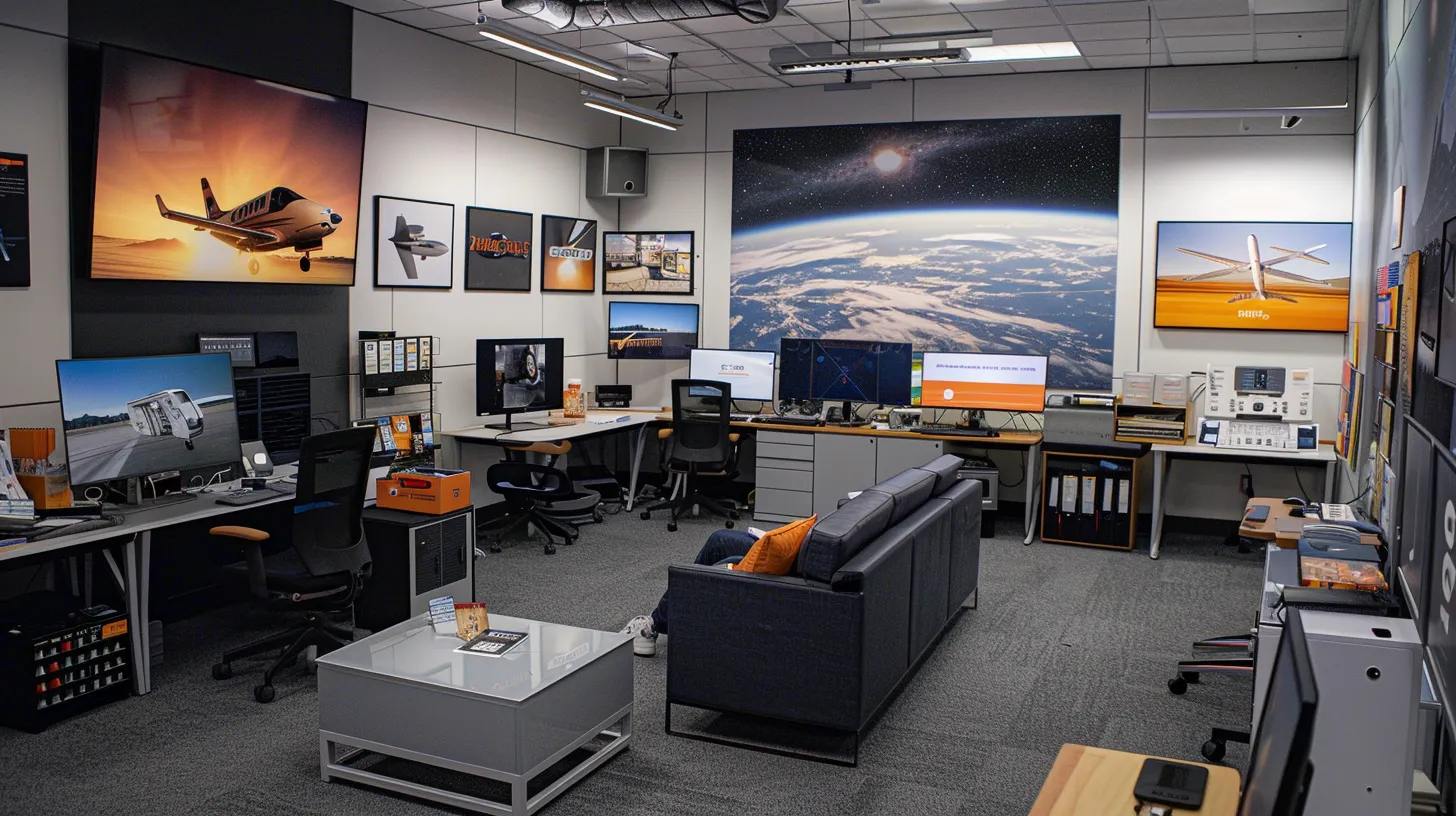
Aspiring private pilots can find unexpected connections between RVing and aviation. This section explores parallels between these pursuits, highlighting NASA-inspired training resources and the journey to obtaining a pilot’s license. From caravan enthusiasts to those seeking legal advice on internet regulations, the path to becoming a pilot requires perseverance and dedication. Discover how NASA’s aeronautical research enhances both RV adventures and aviation training.
Drawing Parallels Between RVing and Aviation
RV enthusiasts and aspiring pilots share a common passion for exploration and adventure. Both activities require careful planning, risk assessment, and navigation skills. The space launch system’s precision mirrors the attention to detail needed for both RV trips and flight operations.
Class C RVs and small aircraft share similarities in their compact designs and efficient use of space. Takeoff and landing procedures for pilots parallel the setup and breakdown routines of RV campers. Both groups must consider weather conditions, fuel management, and safety protocols:
- Weather assessment for safe travel
- Fuel efficiency and management
- Navigation and route planning
- Safety checks and procedures
- Compact living and storage solutions
Training Resources Inspired by NASA’s Aeronautical Research
NASA’s aeronautical research has inspired innovative training resources for aspiring private pilots. These resources, drawing from the Apollo program’s legacy, incorporate cutting-edge simulation technology that replicates the experience of flying over diverse landscapes, from Salt Lake City to splashdown locations. Aspiring pilots can now access these advanced training tools from the comfort of their motorhomes, bridging the gap between RV adventures and aviation education.
The training modules, influenced by NASA’s rigorous astronaut preparation, offer virtual experiences that simulate various flight conditions and scenarios. Pilots-in-training can practice navigation, emergency procedures, and landing techniques while gazing at simulated night skies, enhancing their skills and confidence. This blend of RV lifestyle and aviation training creates a unique learning environment, allowing enthusiasts to pursue their pilot dreams while exploring the country in their motorhomes.
The Journey of Becoming a Private Pilot
Aspiring pilots embarking on their journey to obtain a private pilot license face a path filled with rigorous training and dedication. The process involves mastering aviation fundamentals, from understanding aircraft systems to navigating complex airspace. Pilots-in-training often find themselves balancing study sessions in their Forest River RVs with hands-on flight experience, using mobile apps from the app store to supplement their learning.
The journey to becoming a private pilot requires significant investment in both time and resources. Aspiring aviators must factor in the price of flight training, which can vary depending on location and aircraft type. Many find creative ways to manage costs, such as using their RVs as mobile study spaces or transporting themselves to different flight schools for the best training opportunities. Throughout their training, pilots develop a deep appreciation for the juice of aviation – the thrill of flight and the freedom of the skies.
The open road beckoned, much like the open sky. From cockpit to campsite, adventure awaited those who dared to explore.
Community and Collaboration in RV Adventures, Aviation Innovations at NASA: The RVs to Wings Transition
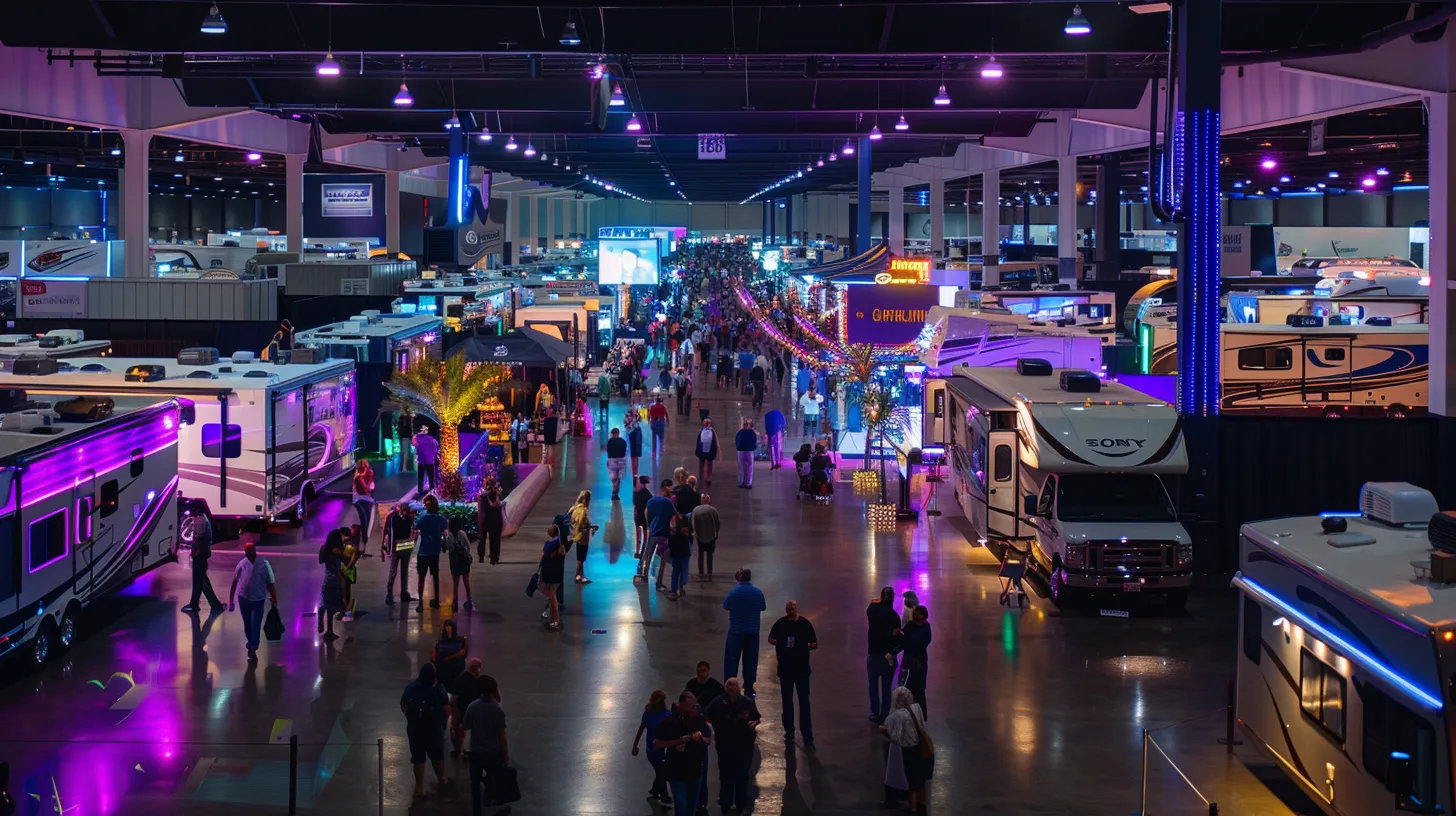
RV enthusiasts and aviation aficionados unite through NASA-inspired organizations, fostering connections between spacex dragon 2 admirers and holiday rambler owners alike. This community-driven approach extends to building networks among RV enthusiasts and aviators, bridging the gap between land and sky adventures. Events celebrating aeronautical achievements in RVing showcase how class C motorhomes incorporate aerospace innovations, creating a unique blend of terrestrial and celestial exploration.
Engaging With NASA-inspired Organizations
NASA-inspired organizations offer RV enthusiasts unique opportunities to engage with space science and aeronautics. These groups organize events at locations like the White Sands Test Facility, where RVers can witness Falcon 9 rocket tests while camping nearby. Scientists often participate in these gatherings, sharing insights about space exploration and its connection to RV technology.
RV brands have partnered with NASA-inspired organizations to create themed experiences for adventurers. These collaborations result in special edition RVs featuring space-inspired designs and integrated pilot logbook apps. Enthusiasts can now combine their love for RVing with their passion for aeronautics, creating a unique blend of terrestrial and celestial exploration.
Building Networks Among RV Enthusiasts and Aviators
RV enthusiasts and aviators are forging strong connections through shared interests in exploration and technology. Research organizations in Iowa have established programs that bring together these communities, offering opportunities to fly small aircraft and tour spacecraft facilities. These initiatives foster a unique blend of terrestrial and aerial adventure, allowing participants to experience the best of both worlds.
Flight instructors often collaborate with RV parks to organize educational events, combining camping experiences with introductory flying lessons. These gatherings create a supportive environment where RV travelers can learn about aviation fundamentals and connect with like-minded adventurers. The cross-pollination of ideas between RV and aviation communities leads to innovative solutions for both modes of travel, enhancing the overall experience for enthusiasts.
Hosting Events That Celebrate Aeronautical Achievements in RVing
RV enthusiasts gather at events celebrating aeronautical achievements in RVing, often held near skyservices facilities in New Mexico. These gatherings showcase how RV manufacturers incorporate NASA-inspired technologies, such as those used to study asteroid Apophis, into their latest models. Attendees can explore innovative RVs while learning about space exploration advancements.
Local RV dealers participate in these events, offering special promotions on LEGO NASA-themed accessories for RVs. Families enjoy building miniature spacecraft models while camping, fostering a love for both RVing and space science. These unique experiences create lasting memories and inspire the next generation of explorers and innovators.
Frequently Asked Questions for Aviation Innovations at NASA: Nasa’s Aviation Innovations: Connecting RV Adventures to Aeronautics
How does NASA’s aeronautics research influence RV technology and design?
NASA’s aeronautics research influences RV technology and design through advancements in lightweight materials, aerodynamic principles, and energy-efficient systems. These innovations contribute to improved fuel efficiency, stability, and overall performance in recreational vehicles, enhancing the camping and travel experience for outdoor enthusiasts.
What aviation innovations are being adapted for use in modern RVs?
Modern RVs are incorporating aviation-inspired innovations for enhanced efficiency and comfort. These include lightweight composite materials, advanced navigation systems, solar power solutions, and aerodynamic designs. Some high-end RVs even feature cockpit-style dashboards and smart climate control systems, bringing the sophistication of aircraft technology to the open road.
How can RV enthusiasts benefit from E3 Aviation Association’s resources and community?
RV enthusiasts can leverage E3 Aviation Association’s resources to enhance their travel experiences. The platform offers access to exclusive landing spots, interactive magazines, and a vibrant community of like-minded adventurers. Members can share tips, plan meetups, and discover new destinations through the association’s comprehensive digital library and networking opportunities. Nasa’s Aviation Innovations: Connecting RV Adventures to Aeronautics
What role does NASA play in developing future technologies for RVs?
NASA’s role in RV technology development is minimal. While the space agency focuses on aerospace advancements, its innovations occasionally trickle down to consumer products. However, RV manufacturers primarily drive their own technological progress, drawing inspiration from various industries rather than relying on NASA’s direct contributions.
How can aspiring private pilots connect their RV adventures with aviation interests?
Aspiring private pilots can seamlessly blend their RV adventures with aviation interests by planning trips to fly-in campgrounds or airparks. These unique destinations allow pilots to land their aircraft and park their RVs nearby, creating an immersive experience that combines the freedom of the open road with the thrill of flight.

